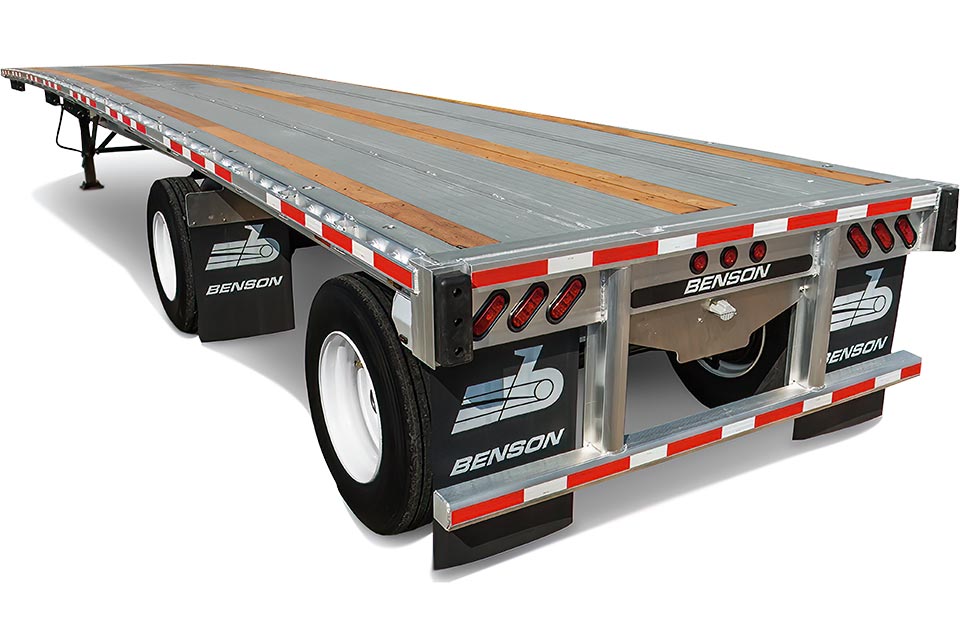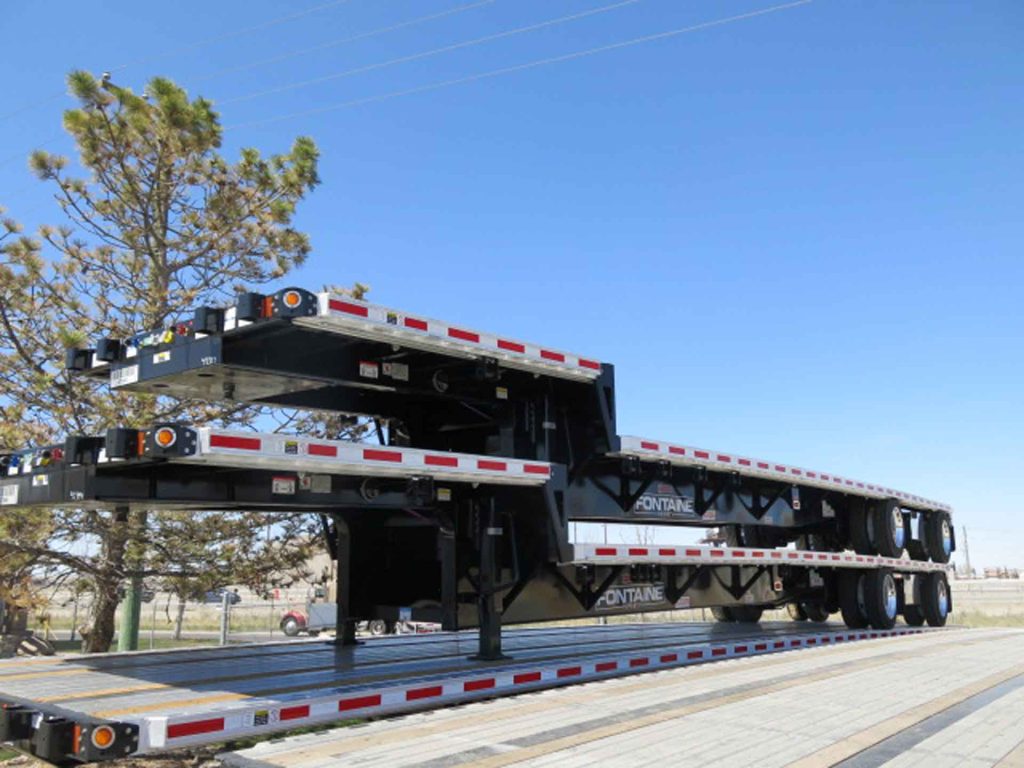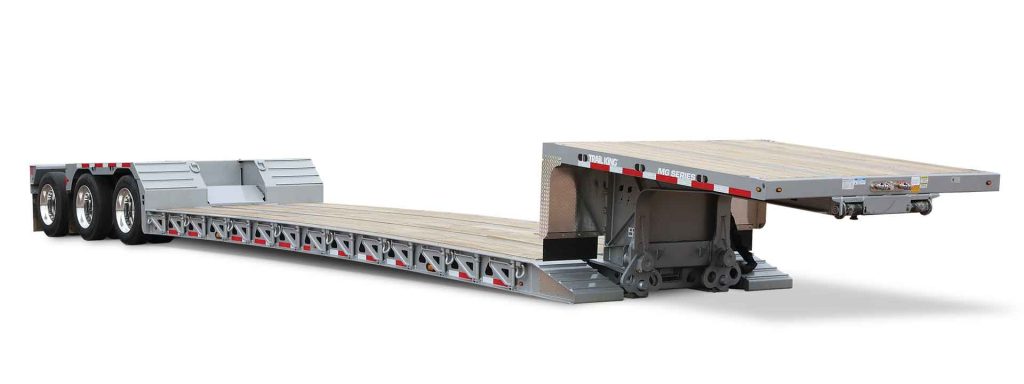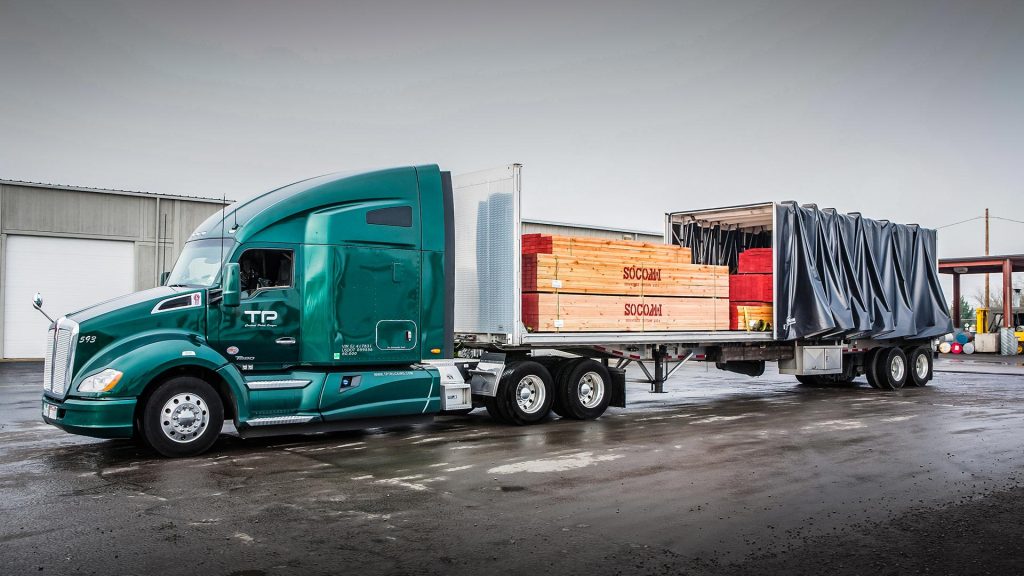The Ultimate Guide to Flatbed Trailers: Types, Uses, and Choosing the Right One for Your Load
When it comes to hauling heavy loads, flatbed trailers are the workhorses of the transportation world. Their open design and versatility make them an essential tool for many industries, whether you’re hauling construction materials, machinery, or bulk goods. But with so many types of flatbed trailers out there, choosing the right one for your needs can be a bit daunting. Let’s break down the different types of flatbed trailers, their specific uses, and key considerations to help you make an informed decision.
What is a Flatbed Trailer?
Flatbed trailers are a type of open-bed trailer designed for transporting oversized or bulky cargo. Unlike enclosed trailers, flatbeds allow for easy loading and unloading from all sides, making them perfect for loads that don’t require protection from the elements. They’re commonly used in industries like construction, agriculture, and logistics because they provide flexibility and efficiency when moving large, heavy, or oddly shaped items.
Types of Flatbed Trailers
There are several types of flatbed trailers, each suited for different needs. Here’s a quick rundown of the most popular options:
- Standard Flatbed Trailer
The classic flatbed trailer, often referred to as a “platform trailer,” features a completely flat surface with no sides or roof. It’s highly versatile and can be used for a wide range of applications, from carrying heavy construction materials to shipping machinery or equipment.

- Step Deck Trailer (or Drop Deck)
Step deck trailers are similar to standard flatbeds but have a lower deck in the rear, which allows for taller loads to be transported without exceeding height limits. This makes them a popular choice for hauling equipment like cranes, industrial machinery, or other tall items that need to stay within legal height restrictions.

- Double Drop Trailer
For even taller cargo, the double drop trailer provides two levels—an upper deck and a lower deck—allowing for larger and more elevated loads. The lower deck provides additional clearance for particularly high loads that would otherwise be impossible to transport.

- Flatbed with Tarp System (or Tarped Flatbed)
Sometimes, your cargo needs a little protection from the elements, but a full enclosed trailer just isn’t the right fit. A flatbed with a tarp system offers the perfect compromise. The tarp can cover your load, shielding it from rain or dust without compromising the ease of loading and unloading. - Conestoga Flatbed Trailer
A Conestoga trailer features a retractable tarp system that is ideal for loads that need protection but still require fast and easy access. This type of trailer offers the flexibility of a flatbed with the added benefit of a roll-up tarp that can be secured in place when needed. 
Common Uses for Flatbed Trailers
Flatbed trailers are used in a wide variety of industries. Here are some of the most common applications:
- Construction: Transporting building materials like steel beams, lumber, and concrete.
- Agriculture: Hauling equipment and large harvests.
- Heavy Equipment Transport: Moving cranes, bulldozers, and other heavy machinery.
- Automotive: Hauling vehicles or vehicle parts.
- Lumber & Timber: Transporting raw timber or finished wood products.
- Logistics & Freight: Carrying large, non-perishable goods or bulk cargo.
Choosing the Right Flatbed Trailer for Your Load
When selecting the right flatbed trailer, there are a few important considerations to keep in mind. Here’s a checklist to help you narrow down your options:
- Weight Capacity – Flatbed trailers come in various weight ratings, so it’s crucial to match the trailer’s capacity to the weight of the load you plan to carry. Overloading a trailer can damage the equipment and lead to safety hazards.
- Load Size and Height – Consider the size and height of your cargo. If you’re transporting something tall or oversized, a step deck or double drop trailer might be necessary to stay within legal transportation limits.
- Type of Cargo – The nature of your load will influence your choice of trailer. For example, if you’re carrying machinery, you might need a flatbed with ramps for easy loading. If you need to protect sensitive materials from the weather, a tarp system could be the best option.
- Terrain and Accessibility – If your loads require you to navigate rough terrain or need to be unloaded in tight spaces, consider features like ramp systems or additional clearance. Some flatbeds offer hydraulic lift gates to make loading and unloading easier.
- Durability and Construction – Look for trailers that are built to last. A flatbed trailer should be constructed with high-quality steel or aluminum and designed to withstand heavy-duty use. You want a trailer that can handle the rigors of your industry and provide long-term reliability.
Flatbed trailers are some of the most versatile and durable trailers available on the market. Whether you’re transporting heavy equipment, bulk materials, or something a bit more unusual, there’s a flatbed trailer that can meet your specific needs. If you’re in need of a reliable flatbed trailer for your next shipment, contact us today by navigating to the LOCATIONS tab on our website www.greatwesterntrailer.com to call the location closest to you. Our fleet of trailers are ready to help you handle even the most challenging loads with ease.

